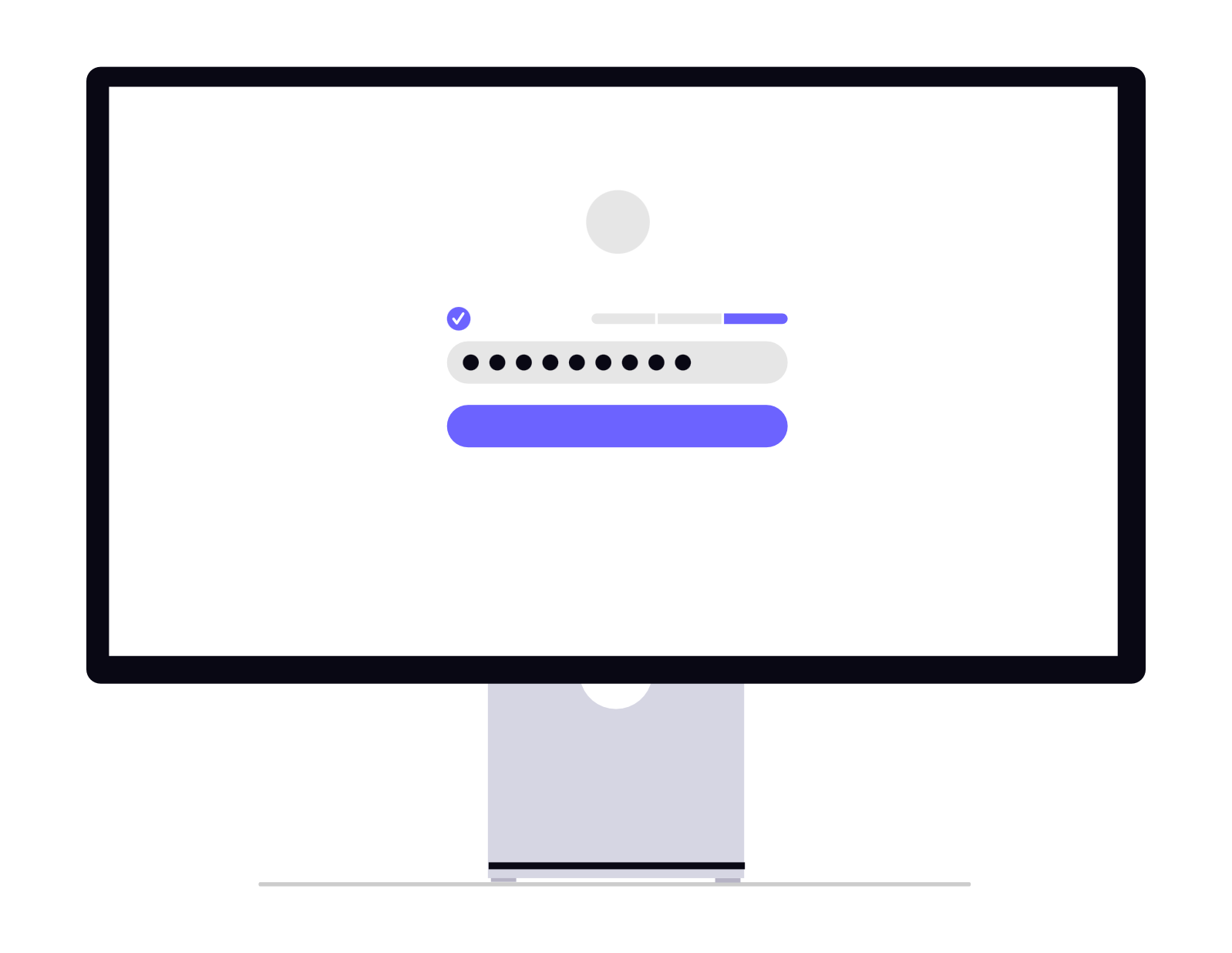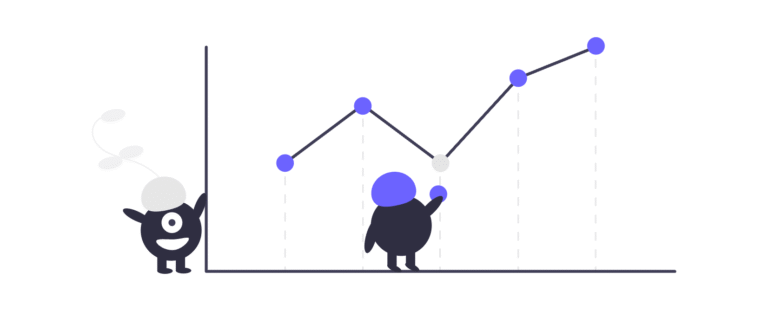Why monitoring password leaks is basic hygiene, not paranoia.
Most business leaders assume that if there’s no red alert on the screen, things are fine. But password leaks don’t announce themselves. They often don’t start with a breach on your end — they start with a breach somewhere else.
An employee signs up for a webinar with their work email and a reused password.
That site gets hacked.
The password ends up in a leak.
No one notices.
Until it’s too late.
Password Leaks Aren’t Hypothetical — They’re Constant
Every day, usernames and passwords are dumped online from breached services. And attackers know that people reuse credentials — especially across business tools.
That’s why leaked passwords are gold:
- They’re already linked to an identity
- They often include company emails
- They’re real, tested, and easy to automate
And once a match is found?
Attackers try them everywhere — email, CRM, cloud apps, VPN. Quietly. Quickly. Automatically.
You Can’t Control Other People’s Breaches
Even if your systems are secure, the services your team uses — professionally or personally — may not be.
Here’s the uncomfortable part:
Your exposure might not come from your own infrastructure.
It could be a third-party platform with weak security and a reused password.
What’s at Risk?
- Unwanted logins to your cloud storage, email, or Slack
- Internal tools accessed without a trace
- Impersonation of employees in customer communication
- Silent footholds that become full-on incidents
And the worst part?
You might not even notice until damage is done.
How to Monitor — Without Going Overboard
You don’t need to become a dark web detective.
Just make password leak monitoring part of your digital hygiene routine.
Here’s how:
- Use services like IntruForce that alert when your domain shows up in leaks
- Regularly check for leaked credentials linked to company emails
- If you find any, reset those passwords immediately
- And enforce 2FA wherever possible — it’s a powerful blocker even if the password leaks
Bonus Tip: Set Up Domain-Wide Monitoring
Some services let you monitor an entire domain (like IntruForce) and notify you whenever an email from your team appears in a new breach.
This lets you act before attackers do.
Final Thought
Password leaks are like toxic spills — they often happen somewhere else, but the damage reaches you.
Monitoring them isn’t about fear. It’s about responsibility.
Because when the warning signs are already out there,
“We didn’t know” isn’t a defense.



